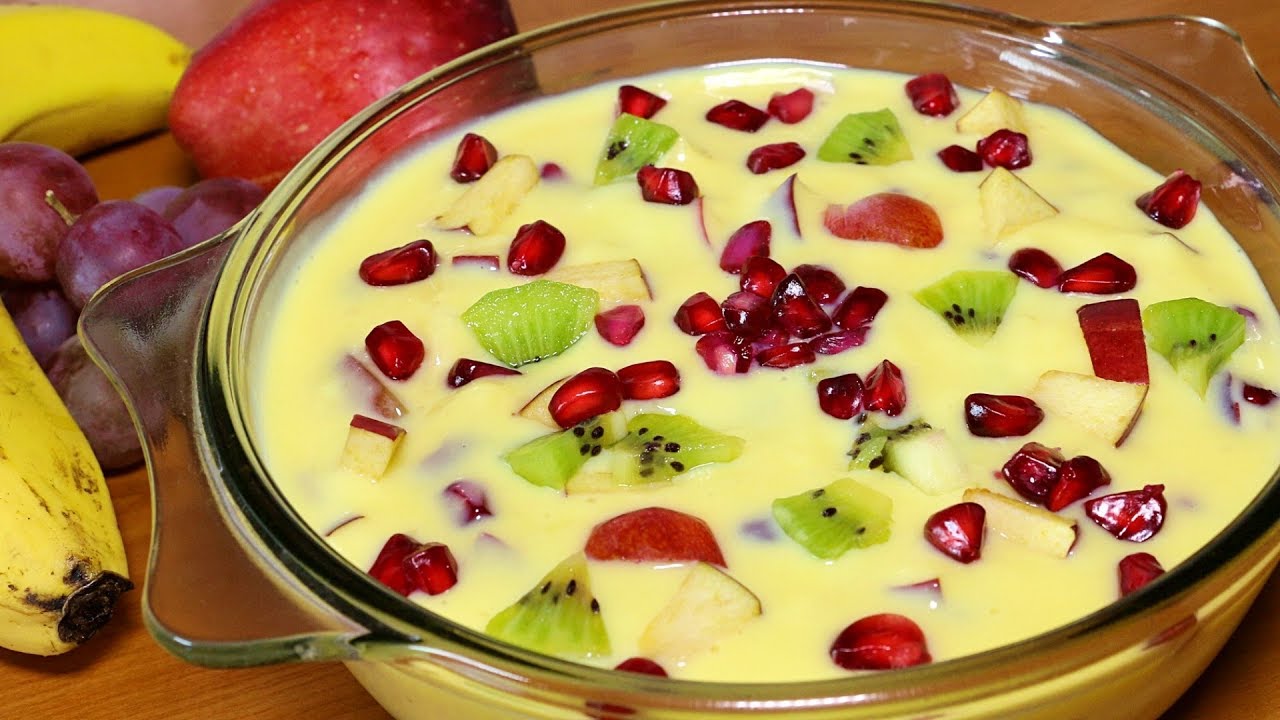Custard is a delicious, yet simple dessert that has been enjoyed for centuries. Its velvety smoothness, and delicate taste, have graced many tables. A perfect custard can only be made by achieving a delicate balance between technique and ingredients. This detailed guide will explore how to make the perfect, creamy custard. We’ll also discuss common mistakes and how to avoid these, as well as some variations that can be made to suit different tastes.
Understanding Custard
Custard is made by gently cooking milk or cream with egg yolks until it becomes thick. Custard can be made in many different ways, including as baked custards (like flan or crème brulee) or stirred custards (like creme-anglaise or pastrycream). Its creamy texture is due to the precise and patient cooking method.
The Ingredients
- Eggs: The yellows are important for flavor and structure. They are the source of fats that give custard a creamy texture.
- Cream or Milk: For the best taste, full-fat cream or milk is recommended. Lower-fat alternatives can be used to make a lighter version. Your custard’s richness will be affected by the choice of milk or cream.
- Sugar: In general, custard requires sugar to thicken the eggs without curdling.
- Flavorings: Vanilla flavoring is the most popular, but custard may also be flavored by adding other flavors such as coffee and citrus zest or spices like cinnamon and nutmeg.
The Process
Custard’s preparation is just as important as its ingredients. This is how you can perfect the dessert.
- How to Mix the Ingredients:
- Start by mixing the sugar and egg yolks until they are well combined. This is called blanching.
- The milk or cream should be heated in a pan until it is just about to simmer. Add the hot milk slowly into the egg mixture. The hot milk is added slowly to the eggs, while continuously whisking to prevent them from scrambling.
- Custard Cooking:
- Return the mixture to a saucepan and cook on low heat. Stirring constantly and gently is essential to avoid the eggs forming lumps while they are cooking.
- For best results, use a wooden spatula or spoon. Be sure to scrape down the sides and bottom of the pan often.
- When the custard coats a spoon’s back and a finger is used to draw a line through it, it is ready. It is also known as the “nappe”.
- Straining & Cooling:
- After cooking, strain the custard into a clean bowl using a fine mesh sieve. This removes any lumps that may have formed accidentally and gives the custard a smooth texture.
- To prevent the formation of a skin, cover the custard surface with plastic wrap. Press it onto the surface.
- The custard should be chilled in the fridge until it is completely cooled.
Troubleshooting common problems
- Scrambled eggs: If you heat the milk too fast or add it too quickly to the eggs, the eggs will become scrambled. Keep the heat low, and stir slowly.
- Lumpy Custard: If lumps form, don’t panic. To remove lumps, simply strain the custard. Stir constantly to avoid this problem.
- Custard is too runny. An undercooked custard will never set. Before removing it from the heat, make sure that it has reached the nappe stage.
- Too thick: Cooking the custard too long can make it jelly-like. Avoid this by cooking at a low heat.
Try these Variations
- Dietary adjustments: Coconut milk or almonds milk can be substituted for dairy by those who are lactose intolerant. Skim milk is a good option for a lower-fat version. However, the texture may be less creamy.
- Flavor twists: Add spices such as cardamom or star anise to the milk for a unique flavor. Add chocolate or pureed fruit for a rich flavor.
- Baked custards: Experiment by baking custards in pies, or as standalone desserts such as pot de crème or creme caramel.
The conclusion of the article is:
It is rewarding to master the art of custard making. The dessert is versatile and loved by all. It takes patience and attention to detail. A perfectly made custard can be served as a simple pudding or as part of a pastry. It is a testament to a cook’s skills. Anyone can reach this level of perfection with practice and knowledge.
Remember that cooking is not only about the end result, but also the process. Enjoy your culinary adventure into the world custards.

